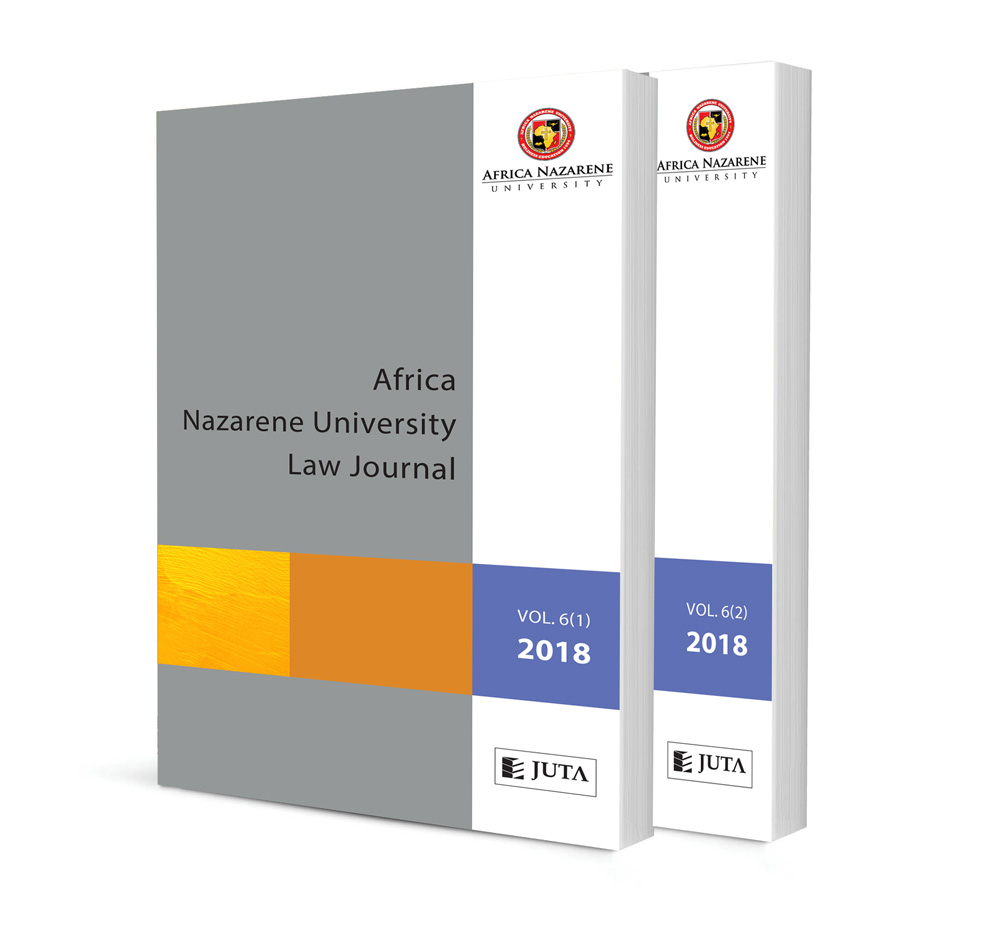Asymmetrical Warfare and International Humanitarian Law: The Somali Conflict as a Case Study

Asymmetrical Warfare and International Humanitarian Law: The Somali Conflict as a Case Study
Authors Dennis M Ndambo
ISSN: 2521-2613
Affiliations: Law Lecturer at the School of Law at the Jomo Kenyatta University of Agriculture and Technology
Source: Africa Nazarene University Law Journal, 2017, Issue 2, p. 119 – 140
Abstract
Kenya’s intervention in Somalia challenges the traditional legal bifurcation of international and non-international armed conflict. The situation in Somalia is quite peculiar in that there was a total collapse of state structures and the eruption of several armed groups trying to take over the power vacuum. The involvement of other states in the anarchic conflict challenged the legal justifications for such intervention. Kenya’s incursion into Somalia was compounded by conflicting reasons, contradictory statements by Kenyan and Somali officials, and changing objectives. This type of confused environment contributes to excesses of the military and results in a backlash from the civilian population. Additionally, technology has increasingly been challenging the legal principles regulating armed conflict. In previous wars, the conduct of hostilities was through ‘attrition warfare’—the serial destruction of the enemy’s military. Today, technology has evolved to such an extent that combatants can launch attacks at the enemy from vast distances, with a high degree of accuracy and, at times, without the need for ground troops. However, these developments are not without their dangers. While, principally, it was states that have been using advanced weaponry, nowadays even non-state actors are using them to commit terrorist acts. The great distances at which attacks can be carried out have led to depersonalisation of warfare and the sacrifice of innocent civilian lives with no corresponding remorse. When states are assured that their soldiers will not be killed by the enemy in the battlefield, it lowers the costs and risks of going to war, while increasing the likelihood of going to war, and the over-stepping of the rules of law. This is another contributing factor to extreme radicalization. This article addresses these and other legal issues, arising from Kenya’s armed intervention in Somalia.